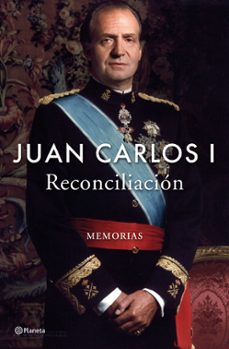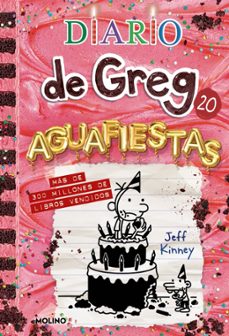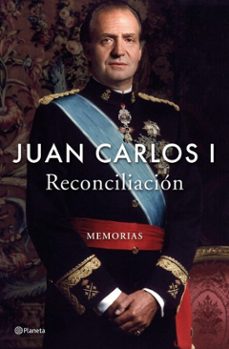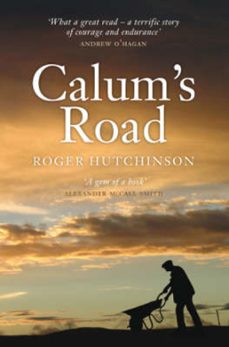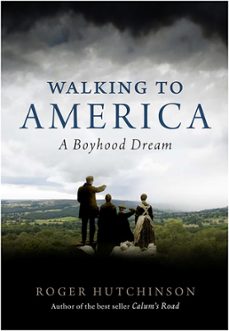Imprescindibles
Más vendidos Libros más leídos eBooks más leídos Todos los libros Todos los libros Autores destacados Series y sagas
Recomendados Libros recomendados Autores destacados Libros que inspiran Vidas con historia LGTBIQ+ English books
Ficción
Literatura Contemporánea Estudios literarios Clásicos Cuentos Poesía Teatro Libros de bolsillo Sagas literarias
Géneros literarios Novela romántica y erótica Novela negra Novela histórica Narrativa fantástica Novela de ciencia ficción Novela de terror Narrativa de humor Narrativa de viajes
No Ficción
Ciencias y tecnología Biología Ciencias Ciencias naturales Divulgación científica Informática Ingeniería Matemáticas Medicina Salud y dietas Formación Idiomas Estilo de vida Libros de Cocina Guías de viaje Narrativa de viajes Deportes Libros de Juegos Manualidades
Humanidades Autoayuda y espiritualidad Ciencias humanas Derecho Economía y Empresa Psicología y Pedagogía Filosofía Sociología Filología Biblioteconomía Estudios filológicos Estudios lingüísticos Estudios literarios Historia y crítica de la Literatura
Infantil
Juvenil
#Jóvenes lectores Narrativa juvenil Clásicos adaptados Libros Wattpad Libros Booktok Libros de influencers Libros de Youtubers Libros Spicy Juveniles Libros LGTBIQ+ Temas sociales Libros ciencia ficción Libros de acción y aventura Cómic y Manga Juvenil Cómic Juvenil Manga Shonen Manga Shojo Autores destacados Jennifer L. Armentrout Eloy Moreno Nerea Llanes Hannah Nicole Maehrer
Libros de fantasía Cozy Fantasy Dark academia Hadas y Fae Romantasy Royal Fantasy Urban Fantasy Vampiros y hombres lobo Otros Misterio y terror Cozy mistery Policiaca Spooky Terror Thriller y suspense Otros
Libros románticos y de amor Dark Romance Clean Romance Cowboy Romance Mafia y amor Romance dramatico Romance dramatico Romcom Sport Romance Otros Clichés Enemies to Lovers Friends to Lovers Hermanastros Slow Burn Fake Dating Triángulo amoroso
Cómic y Manga
Novela gráfica Novela gráfica americana Novela gráfica europea Novela gráfica de otros países Personajes, series y sagas Series y sagas Star Wars Superhéroes Cómics DC Cómics Marvel Cómics otros superhéroes Cómics Valiant
eBooks
Literatura Contemporánea Narrativa fantástica Novela de ciencia ficción Novela de terror Novela histórica Novela negra Novela romántica y erótica Juvenil Más de 13 años Más de 15 años Infantil eBooks infantiles
Humanidades Autoayuda y espiritualidad Ciencias humanas Economía y Empresa Psicología y Pedagogía Filosofía Historia Historia de España Historia Universal Arte Cine Música Historia del arte
Ciencia y tecnología Ciencias naturales Divulgación científica Medicina Salud y dietas Filología Estudios lingüísticos Estudios literarios Historia y crítica de la Literatura Estilo de vida Cocina Guías de viaje Ocio y deportes
ROGER HUTCHINSON
Recibe novedades de ROGER HUTCHINSON directamente en tu email
Filtros
Del 1 al 3 de 3
Birlinn 9780857900029
An incredible testament to one mans determination The Sunday Herald Calum MacLeod had lived on the northern point of Raasay since his birth in 1911. He tended the Rona lighthouse at the very tip of his little archipelago, until semi-automation in 1967 reduced his responsibilities. So what he decided to do, says his last neighbour, Donald MacLeod, was to build a road out of Arnish in his months off. With a road he hoped new generations of people would return to Arnish and all the north end of Raasay. And so, at the age of 56, Calum MacLeod, the last man left in northern Raasay, set about single-handedly constructing the impossible road. It would become a romantic, quixotic venture, a kind of sculpture; an obsessive work of art so perfect in every gradient, culvert and supporting wall that its creation occupied almost twenty years of his life. In Calums Road Roger Hutchinson recounts the extraordinary story of this remarkable mans devotion to his visionary project.
Ver más
eBook
Birlinn 9780857905598
Walking To America follows and recreates the immense journey, in search of a new life and of a miracle doctor who could cure the blindness of one of their number. The journey was taken largely on foot by a small working-class family unit from England in the 1880s, to Liverpool, Philadelphia, Pittsburgh, New Orleans, Texas, New Mexico, Arizona and back again. Written as travelogue and as a history of one of the great neglected subjects - the New World immigrants who returned home to the Old, Walking to America is a personal tale, full of characterisation and human stories, based upon received lore, followed footsteps and careful historical research.An epic, covering thousands of miles and cultures and environments as diverse as the Victorian UK coalfields, the great imperial entrepot of Liverpool, the post-bellum American south, roaring 1880s New Orleans, the stew of the free-for-all Pittsburgh mines, Texas in the wake of the Alamo, the unclaimed Indian Territory of North America and the ultimate frontier of the Petrified Forest in Arizona - all seen through the eyes of a small group of identifiable and sympathetic, real and ordinary men, women and children from the north-east of England. Walking to America is a great and gripping adventure of discovery, hope and loss. And it is all true.
Ver más
eBook
Birlinn 9781788856898
Early on a wartime winters morning in 1941, the 8,000-ton cargo ship SS Politician ran aground in the beautiful but treacherous seas of Scotlands Outer Hebrides. Among its cargo were 260,000 bottles of whisky destined for the American market a godsend to the local Eriskay islanders whose home-grown supply had dried up due to wartime rationing. News quickly spread and boats came from as far as Lewis, and before local excise officer Charles McColl could intervene, more than 24,000 bottles had been rescued. Villages were raided as bottles of whisky were hidden in the most ingenious ways or simply drunk to get rid of the evidence. Meanwhile, official salvage operations foundered, and in order to pre-vent what the islanders themselves regarded as legitimate salvage, the hull of the Politician was dynamited. The story is well known through Compton Mackenzies bestselling book Whisky Galore and the famous 1949 Ealing comedy of the same name. In this book, acclaimed journalist and Hebridean expert Roger Hutchinson tells the true story of one of the most bizarre events ever to have happened in Scottish waters.
Ver más
eBook
Del 1 al 3 de 3


